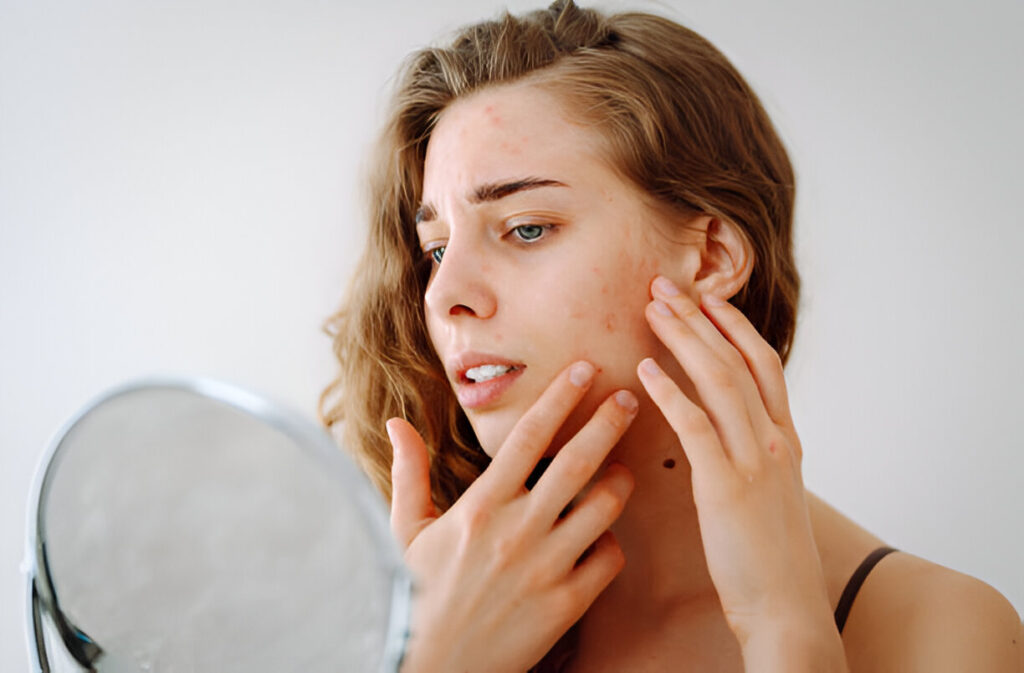Our self-confidence and how we view the appearance of our skin can both be profoundly impacted by pigmentation problems. These differences in skin tone and color, including sunspots, age spots, melasma, and post-inflammatory hyperpigmentation (PIH), can lead us to look for efficient treatments to bring back the natural shine of our complexions. Our confidence and the general appearance of our skin might be negatively impacted by pigmentation problems. Whether it’s hyperpigmentation, dark spots, or uneven skin tone, these issues can make us look for efficient treatments to bring back our skin’s radiant appearance.
What is Hyperpigmentation?
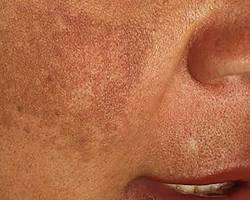
Hyperpigmentation is a common skin condition marked by the darkening or enhanced pigmentation of particular skin regions. Melanin, the pigment responsible for our skin, hair, and eye colors, is produced in excess and causes this darkening. A common occurrence is the accumulation of extra melanin in patches or spots, which makes those regions stand out from the rest of the skin by seeming darker. There are several varieties of hyperpigmentation, including Post-Inflammatory Hyperpigmentation (PIH), which appears after the resolution of an inflammatory skin disorder like acne or a rash and leaves behind darkened patches. Contrarily, melasma, which results in brown or gray-brown patches, is more common in women, especially during hormonal changes brought on by pregnancy or the use of contraceptives. Sunspots, often referred to as solar lentigines or liver spots, are darker regions of skin that have been exposed to the sun for an extended period. They usually form on the face, hands, or other regularly exposed portions of the body like the shoulders.
Although hyperpigmentation is not dangerous to one’s health, it can have a considerable negative effect on one’s confidence and self-esteem, which frequently prompts people to seek the right remedies to make it less noticeable. Finding the best treatment choices requires a thorough understanding of the kind and source of hyperpigmentation.
What causes Hyperpigmentation?
The pigment that gives our skin, hair, and eyes their color, melanin, is mostly to blame for hyperpigmentation. This overproduction can be brought on by several reasons, which can then result in hyperpigmentation:
- Sun Exposure: The ultraviolet (UV) rays of the sun encourage the skin’s melanocytes to generate more melanin. The extra melanin can cause freckles, sunspots, and an uneven skin tone.

- Hormonal Changes: Changes in hormone levels, particularly those of estrogen and progesterone, can cause an increase in the formation of melanin. This frequently happens after menopause, when using hormonal contraceptives, or during pregnancy (producing melasma or “mask of pregnancy”).

- Skin Injury or Inflammation: Post-inflammatory hyperpigmentation (PIH) is a result of increased melanin production by the skin as a result of skin disorders including acne, eczema, or psoriasis.
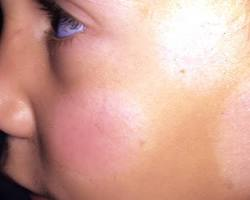
- Aging: Age spots or liver spots can develop when a person ages because of an uneven distribution of melanin.
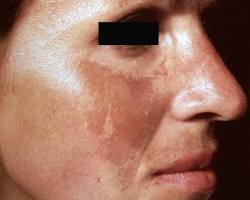
- Genetics: Some people are more prone to hyperpigmentation due to genetic predispositions that affect the amount and distribution of melanin in their skin.

Different Pigmentation Removal Treatments
- Chemical peels: A chemical solution is applied to the skin, starting a controlled exfoliation of the top layers. Reduced pigmentation and improved skin texture result from the stimulation of new, healthier skin when the outer layers peel off. It works well on freckles, age spots, and sun spots, encourages collagen development, and is good for all skin types. But for best results, several sessions can be required, and it’s very important to take good post-peel care.
- Laser therapy: Focused light beams are used in laser therapy to target and remove extra melanin from the skin. This specific strategy can be used to address a variety of pigmentation issues and reduced pigmentation results from the progressive removal of the melanin particles from the skin. Different skin types can benefit from laser therapy, which is quick to recover from and causes little discomfort. However, the kind of laser that is utilized should be customized to the person’s skin type and particular pigmentation problem, frequently requiring numerous sessions for the best results.
- Microdermabrasion: The skin’s surface is gently exfoliated during a non-invasive process called microdermabrasion, revealing a smoother complexion. This procedure lessens pigmentation, fine wrinkles, and dullness while promoting cell regeneration. Microdermabrasion is a good option for most skin types because it causes discomfort and requires little recovery time. But to see noticeable benefits, a course of treatments is typically advised.
- Topical treatments: The term “topical treatments” refers to a wide range of creams, serums, and gels that have been created with active substances such as hydroquinone, kojic acid, vitamin C, and retinoids. These components prevent the formation of melanin, erasing dark patches and encouraging a more uniform skin tone. Topical treatments can easily be incorporated into a daily skincare regimen, helping to maintain pigmentation over time. To see gains, however, repeated use over a number of weeks is required.
- Microneedling: The goal of microneedling is to encourage the creation of collagen by inflicting small, controlled wounds on the skin. As a result of this procedure, the skin’s natural healing reaction is triggered, which promotes renewal and lessens fine lines, pigmentation, and acne scars. Microneedling enhances the absorption of topical medications and can be used in conjunction with other therapies for the best outcomes. Post-treatment mild redness and swelling are possible, and additional sessions are frequently advised for the desired results.
Benefits of getting Pigmentation Removal Treatments
There are many advantages to getting treatments to remove pigmentation. First off, these procedures greatly improve a person’s look by minimizing or eradicating pigmentation problems including age spots, dark spots, and uneven skin tone, which encourages a clearer, more even complexion. They can also dramatically increase self-confidence and self-esteem, which makes people feel more at ease and content with their skin. Additionally, pigmentation removal procedures frequently promote collagen synthesis and skin renewal, giving the user a more youthful and radiant appearance. These treatments assist people in feeling more at peace in their skin and enjoying their inherent beauty by correcting pigmentation problems.
Why Choose Gangnam Theme Dermatology
With three board-certified dermatologists holding extensive expertise, Gangnam Theme Dermatology is one of the oldest dermatology clinics in Gangnam, Seoul, South Korea. It can be found right between Sinnonhyeon and Gangnam Stations, in the center of the famous Gangnam neighborhood. Over more than 20 years, the clinic cared for patients with various skin issues and types. They can assist you with acne, pigmentation, anti-aging (lifting), scars, and other skin issues. Also, among Korean clients, they are one of the most well-known and trusted skin clinics. The variety of services they offer and their knowledge of skin issues will satisfy you.
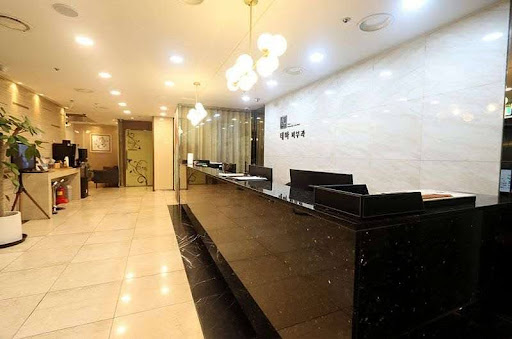
Gangnam Theme Dermatology Booking Information
The clinic can be found at 423 Gangnam-daero, Seocho-gu, Hanseung Building, 7th Floor, Seoul, South Korea. To reach out directly, dial +821094839974 on WhatsApp and Kakao. Sending a message to Gangnam Theme Dermatology will allow you to talk about your concerns, make an appointment, or receive an online consultation. Send an email to [email protected]. You can also look through everything and ask questions on the Gangnam Theme Dermatology website by clicking this link: https://themedermatology.com/about-us/.

FAQs
The suitability of a treatment depends on the patient's skin type, race, and particular pigmentation issue. A dermatologist should always be consulted for tailored advice and to reduce hazards.
The sort of treatment used affects the results. While some treatments may result in rapid benefits, others could call for several sessions spread out over several weeks or months in order to see the desired effects.
Pigmentation may return as a result of additional sun exposure, hormonal changes, or other circumstances, even though some treatments can produce long-lasting improvements. For results to last, maintenance and persistent skincare routines are crucial.
Conclusion
Making an informed choice that suits your skin type, concerns, and lifestyle requires an understanding of the many pigmentation removal techniques available. A treatment program can be customized with the advice of a dermatologist or skincare expert to provide the desired outcomes. The development of skincare technology has made it possible to get a clearer, more even-toned complexion, giving one more confidence and the chance to appreciate the beauty of youthful skin.

